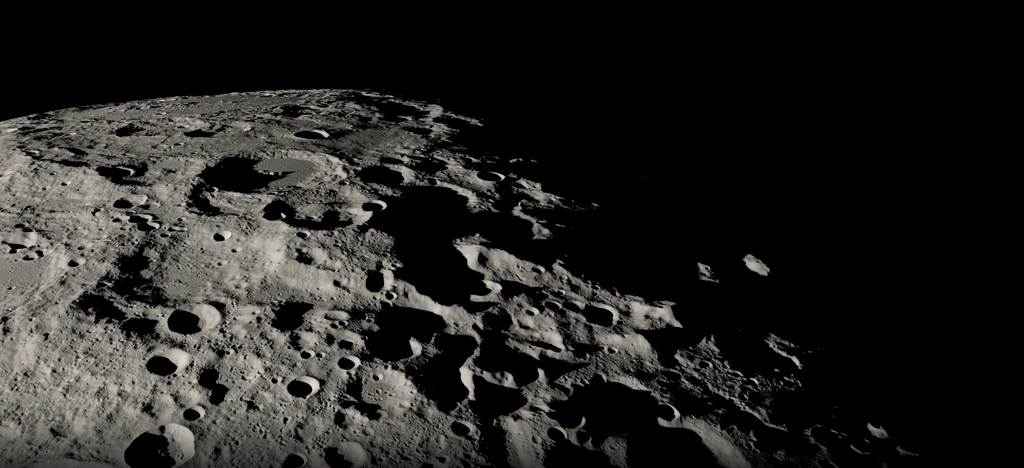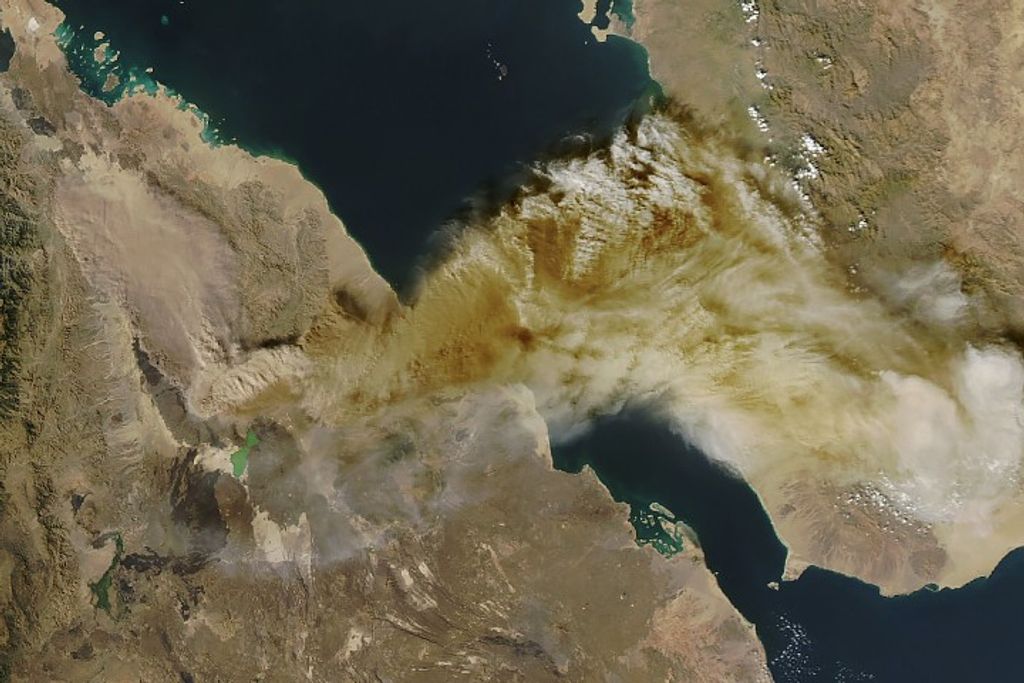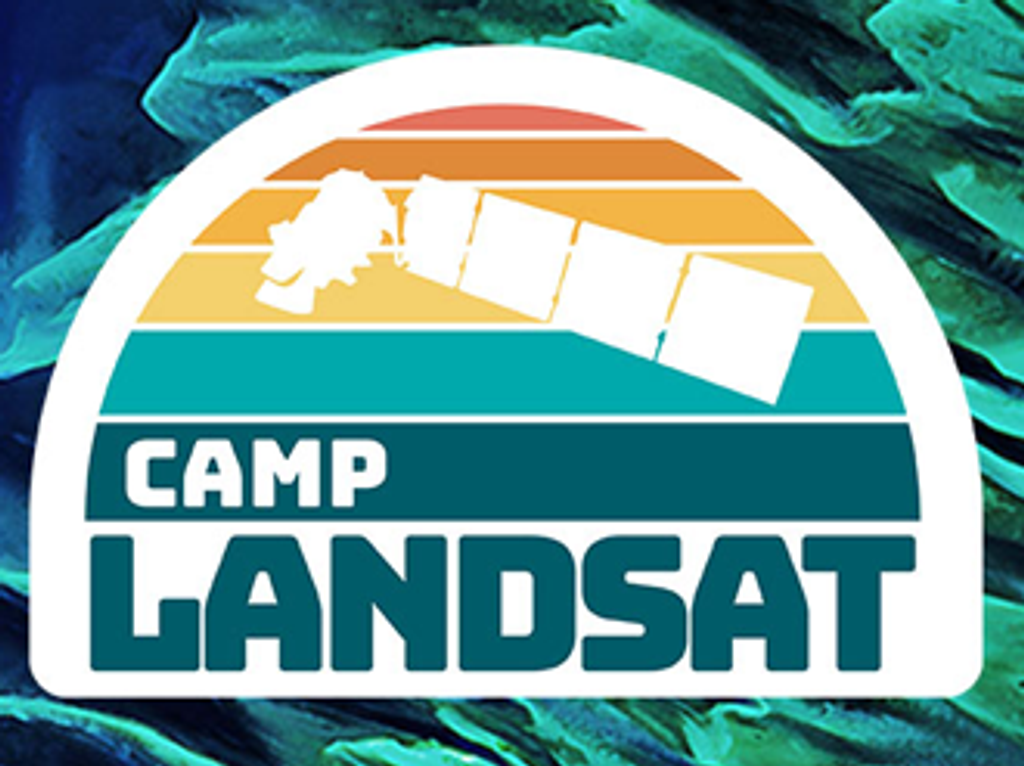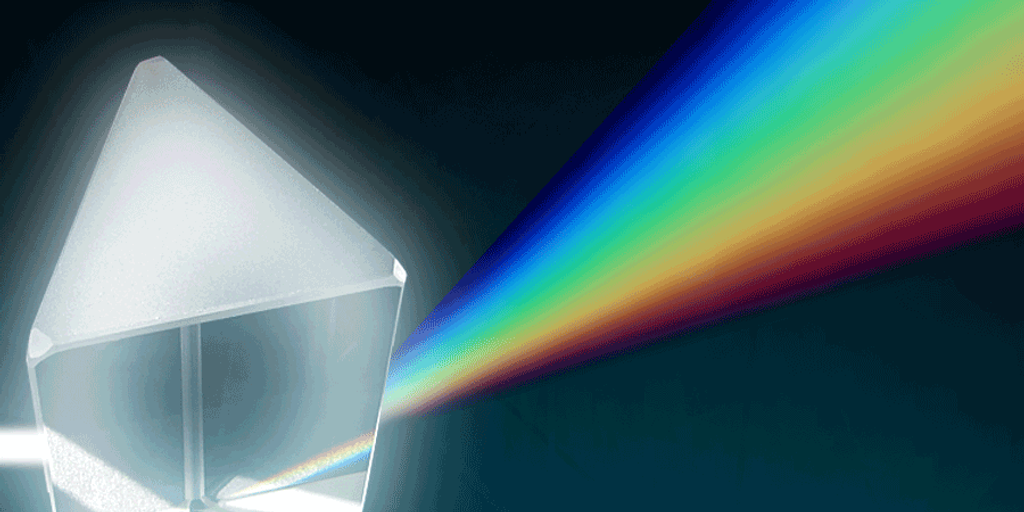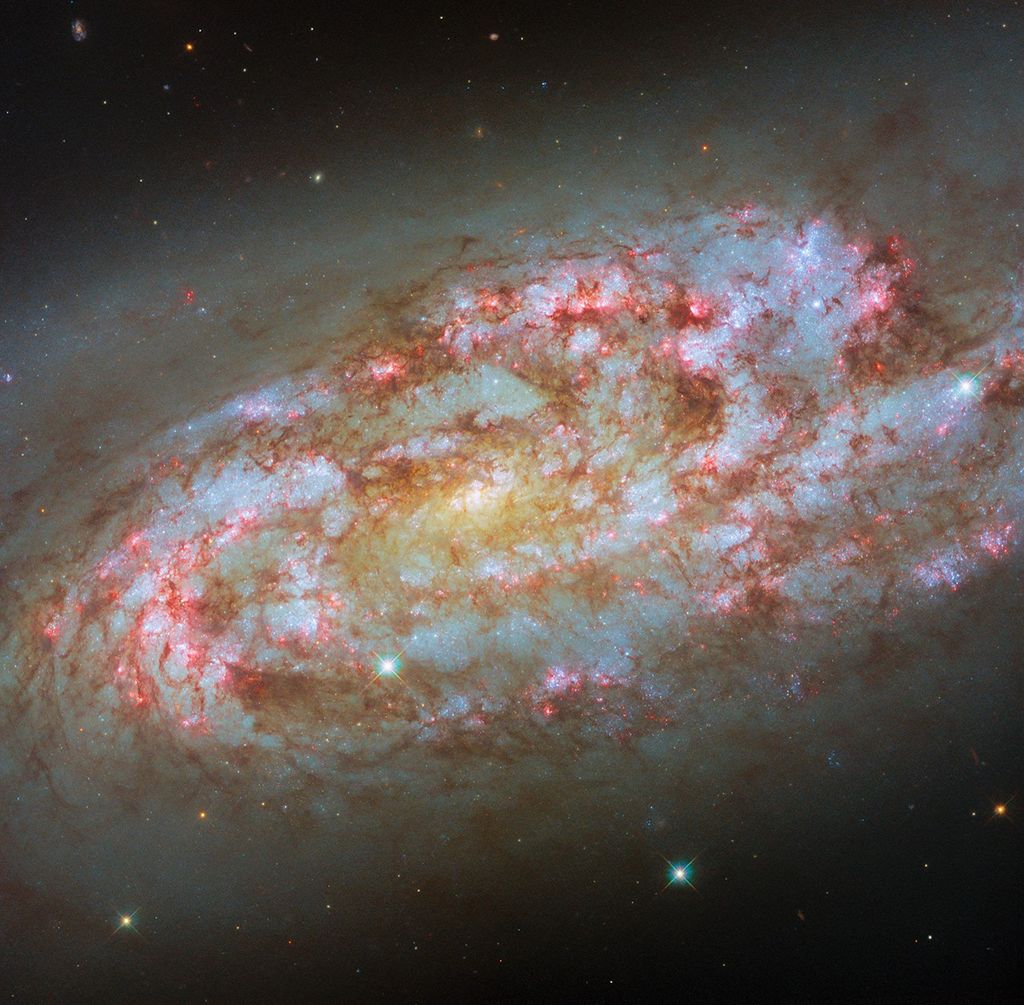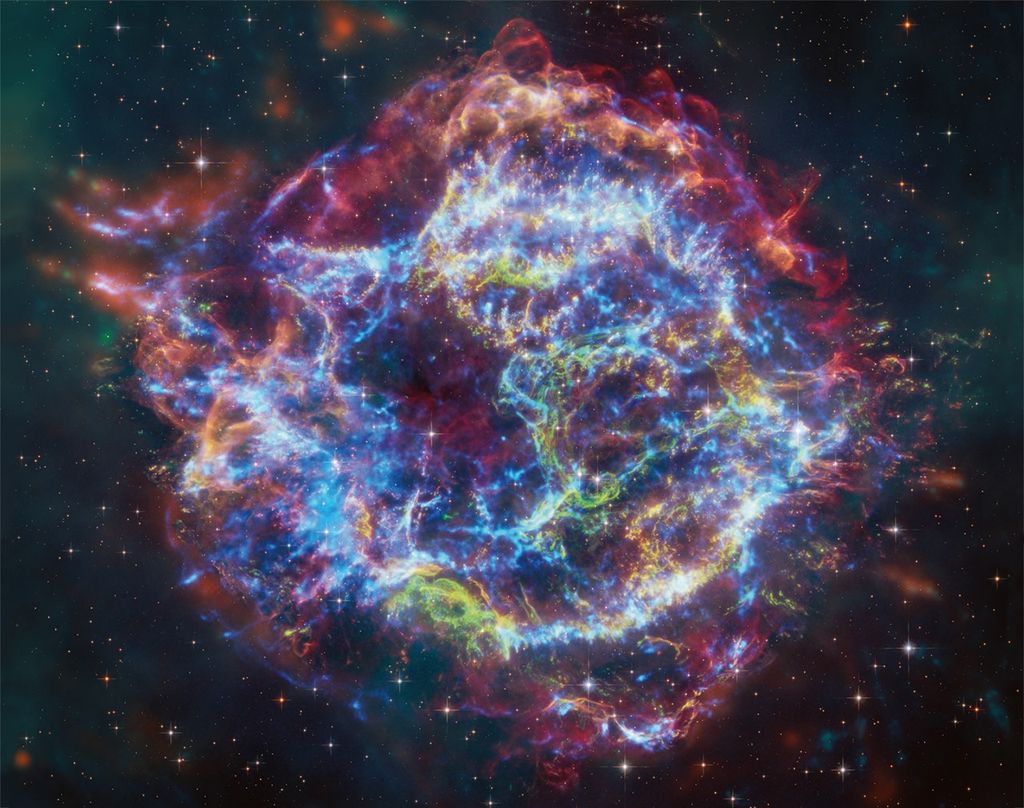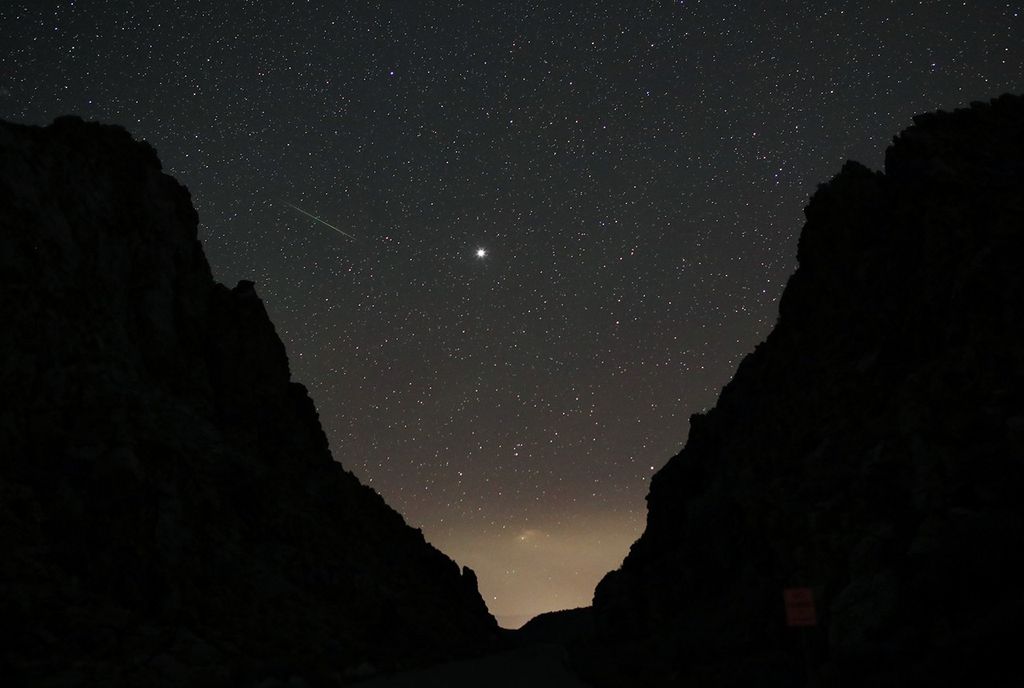Spire Global Subsidiary, Inc., (Spire) designs, builds, and operates a growing constellation of over 100 3U Low Earth Multi-Use Receiver (LEMUR) small satellites designed to collect radio frequency (RF) signals from Low Earth Orbit (LEO). The company offers a suite of commercial RF sensing products, including a catalog of atmosphere, ionosphere, and weather data services derived from collections of Global Navigation Satellite System (GNSS) signals.
Spire LEMUR satellites are equipped with the STRATOS payload, which collects GNSS signals from which Spire can derive a range of Earth observation data for climate and space weather research, among other applications.
Spire was one of the companies selected for evaluation in the original Commercial Satellite Data Acquisition (CSDA) program Pilot and since then has provided new products that CSDA has evaluated and made available.
Authorized Data Use and Users
All members of the U.S. Government and researchers funded by the U.S. Government have access to Spire data for scientific use. All data requests must be approved by CSDA.
End User License Agreement
Accessing Spire Data
- To request access to CSDA data offerings, complete the CSDA authorization form and provide a name, email address, and other pertinent information (grant number, contract number, etc.) for data access approval
- Search for Spire data using the CSDA Satellite Data Explorer (SDX); (Note: Earthdata Login is required for access)
- Review discovered data and download direct from the SDX or using the Bulk Download Tool
For Spire Magnetometer and Raw Intermediate Frequency data, make a request to CSDA at csdap@uah.edu.
NASA Center for Climate Simulation (NCCS) Users
NCCS users can access Spire data as a Centralized Storage System (CSS) data collection. To access these mirrored data:
- Follow the instructions above to request access to Spire data
- Once approved, forward your approval email to NCCS Support
- When your request is granted, you will be able to access the data from NCCS machines (e.g., discover, ADAPT) on the CSS file system under the “csda-spire/” subdirectory
Copyright
Data products and derivatives must contain the following copyright markings (where YYYY is the year of the image acquisition):
- For data products: “© Spire Global, Inc. YYYY. All rights reserved.”
- For derivatives: “Includes copyrighted material of Spire Global, Inc. All rights reserved.”
- A joint copyright notice may be used as appropriate
Authorized users should send Spire a courtesy copy of any publications that include Spire data.
CSDA Acknowledgment
To help CSDA identify your publications, we request that you include the following acknowledgment when publishing work created using these data:
"This work utilized data made available through the NASA Commercial Satellite Data Acquisition (CSDA) Program."
Additional Information
More information can be found on the Spire CSDA Program Data FAQ (PDF). For detailed product descriptions, please see Spire's CSDA Program Product Summaries page.
Current Research Using Spire Data
Carolyn J. Roesler
2023
Mohammad M. Al-Khaldi
2023
Global GNSS-RO Electron Density in the Lower Ionosphere
Dong L. Wu
2022
Daniel J. Emmons
2022
GNSS-RO Deep Refraction Signals from Moist Marine Atmospheric Boundary Layer (MABL)
Dong L. Wu
2022
Program Activities
Diminishing Returns: How Many GNSS-RO Observations are Enough?
Evaluation of Spire GNSS Radio Occultation Neutral Atmosphere and Ionosphere Products
Spire Commercial Data
Spire LEMUR Constellation and Instrument Characteristics
| Parameter | Value |
|---|---|
| Design life | 3 years |
| Built by | Spire |
| Volume | 100 x 100 x 340.5 mm (3U) 100 x 226.3 x 340.5 mm (6U) |
| Total Mass | Up to 6kg (3U) or 12kg (6U) |
| ADCS | 3-axis stabilized, agile and precise |
| Orbit Average Power Usage | 8–12 Watts, 35 Watts Peak |
| Transmitters | UHF: 400–450 MHz, 9600 baud S-band: 2.20GHz, 1Mbit X-band: 8.2GHz, 40Mbit |
| Receivers | UHF: 400–450 MHz, 9600 baud S-Band: 2.032GHz, 1Mbit |
| Orbit Inclination | |
| Payloads |
|
| Observables |
|
Spire GNSS Earth Observation Satellites
3U form factor
|
3U form factor
|
3U form factor
|






